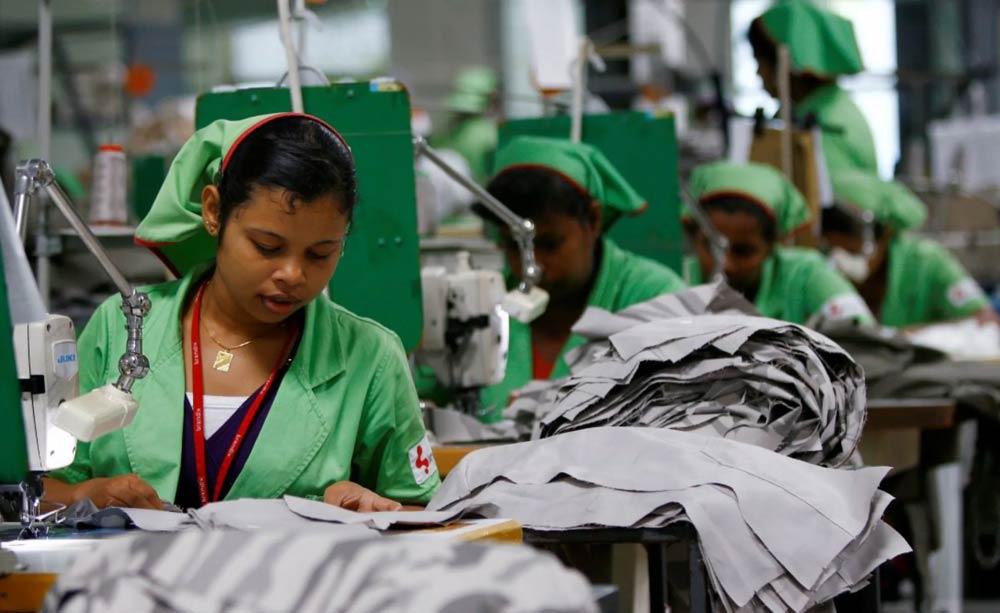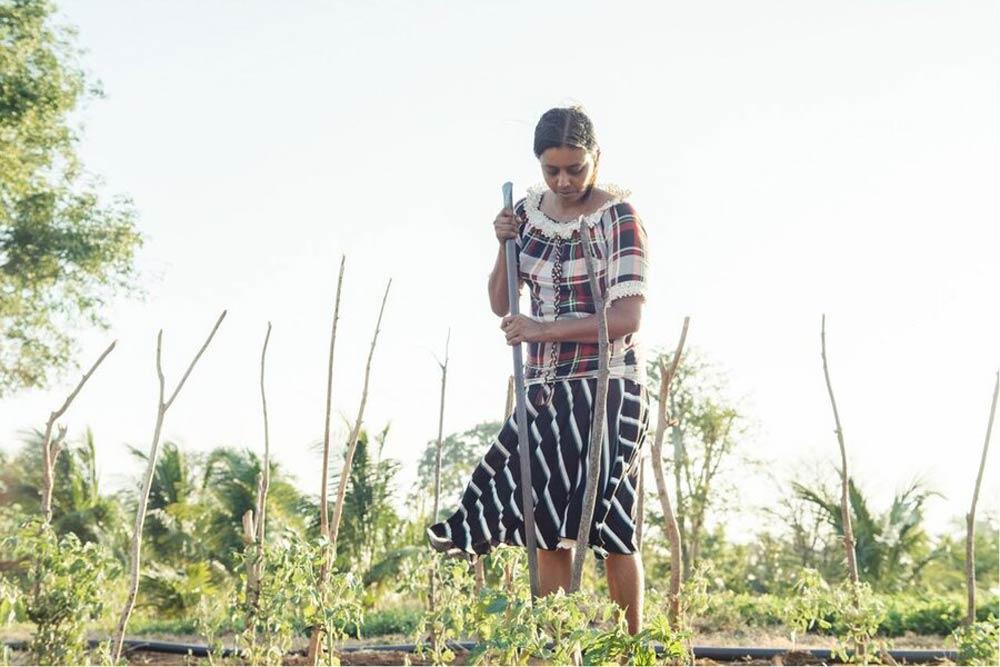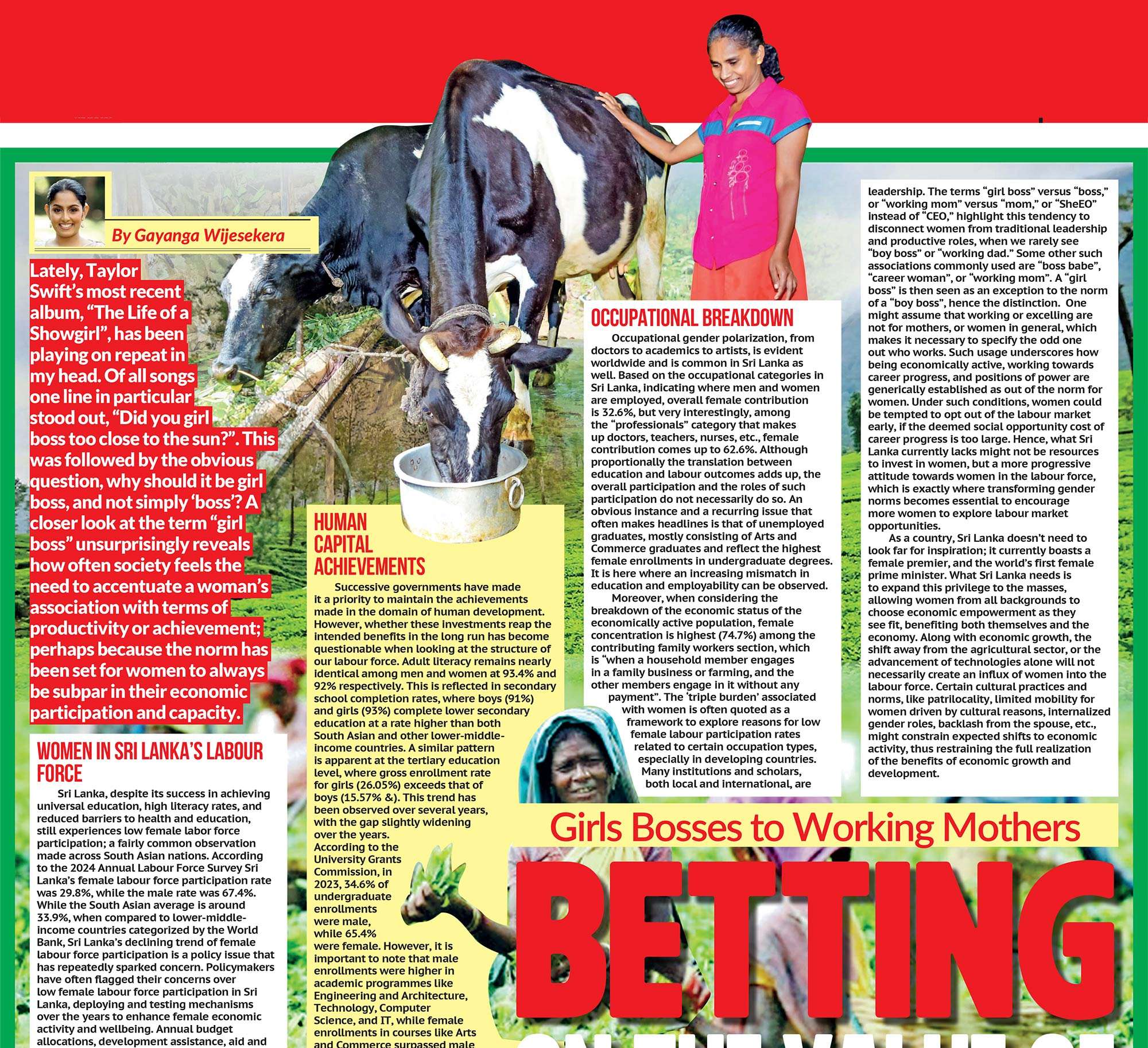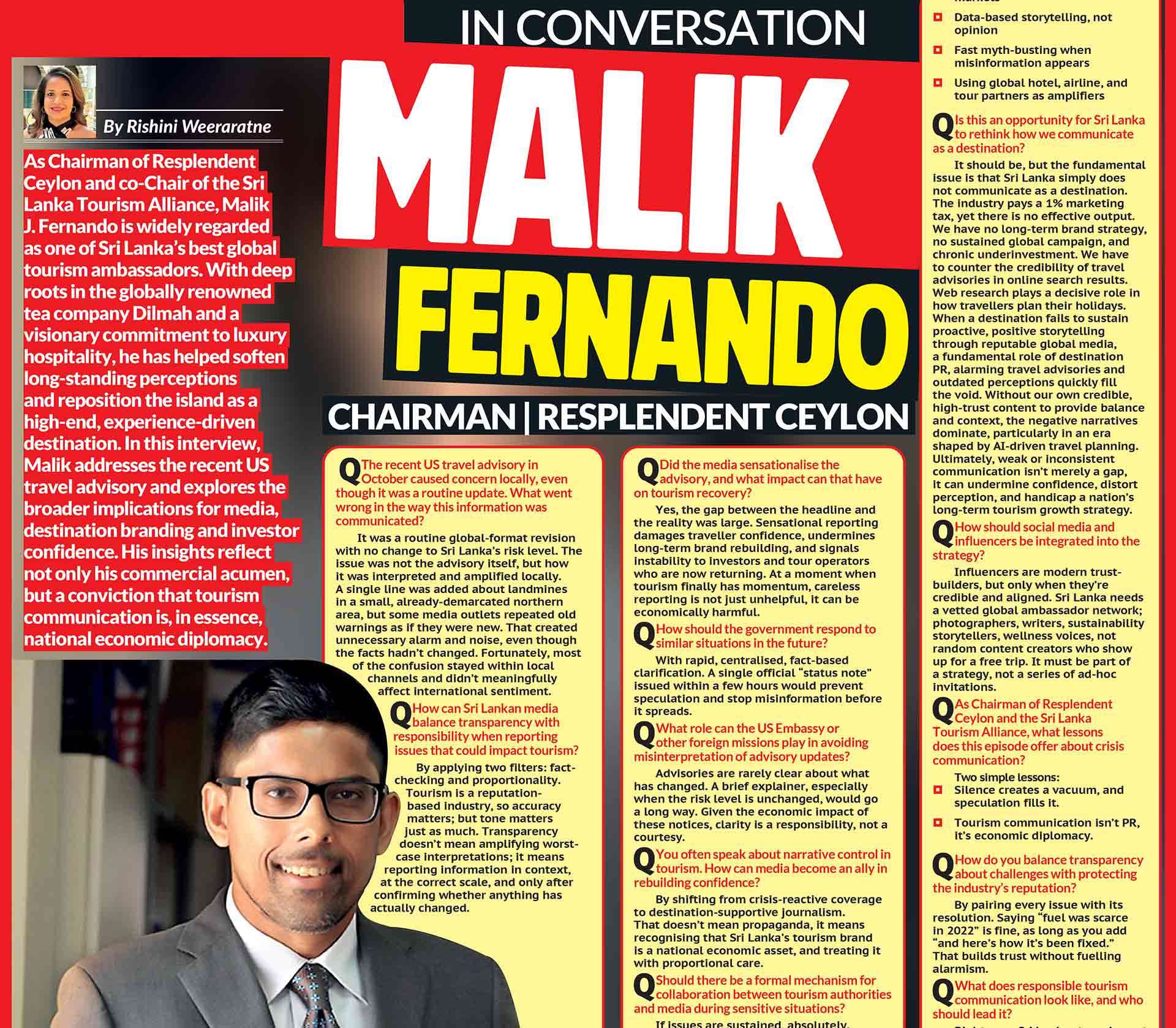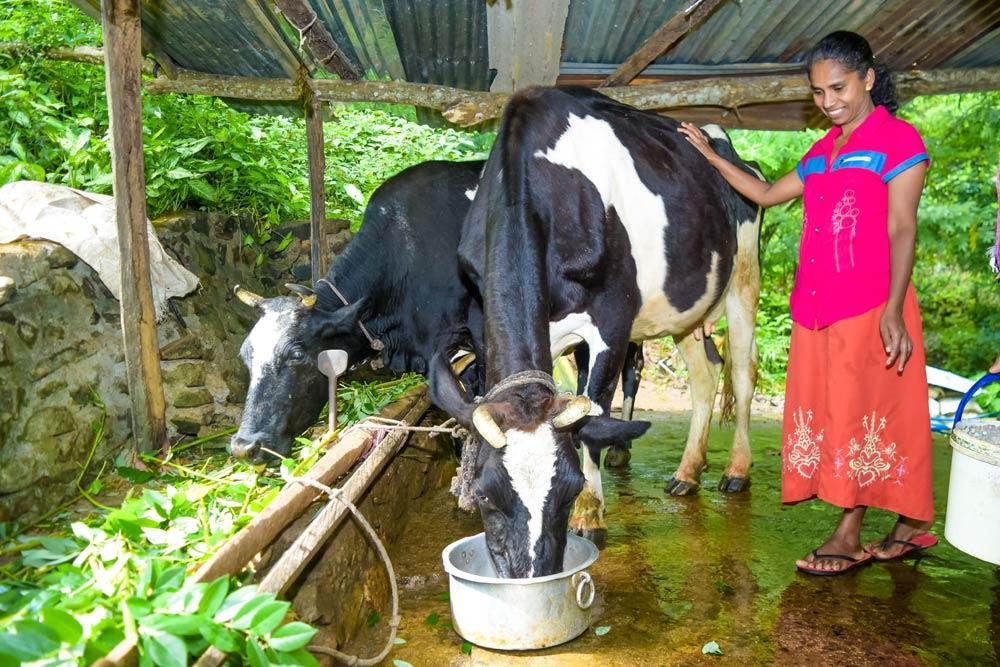
Lately, Taylor Swift’s most recent album, “The Life of a Showgirl”, has been playing on repeat in my head. Of all songs one line in particular stood out, “Did you girl boss too close to the sun?”. This was followed by the obvious question, why should it be girl boss, and not simply ‘boss’? A closer look at the term “girl boss” unsurprisingly reveals how often society feels the need to accentuate a woman’s association with terms of productivity or achievement; perhaps because the norm has been set for women to always be subpar in their economic participation and capacity.
Women in Sri Lanka’s Labour Force
Sri Lanka, despite its success in achieving universal education, high literacy rates, and reduced barriers to health and education, still experiences low female labor force participation; a fairly common observation made across South Asian nations. According to the 2024 Annual Labour Force Survey Sri Lanka’s female labour force participation rate was 29.8%, while the male rate was 67.4%. While the South Asian average is around 33.9%, when compared to lower-middle-income countries categorized by the World Bank, Sri Lanka’s declining trend of female labour force participation is a policy issue that has repeatedly sparked concern. Policymakers have often flagged their concerns over low female labour force participation in Sri Lanka, deploying and testing mechanisms over the years to enhance female economic activity and wellbeing. Annual budget allocations, development assistance, aid and donor programmes, and CSR projects from the private sector are some of the primary contributors actively seeking to rectify this discrepancy, having identified the gravity of the implications to development in the long term.
Economically Active and Inactive Population
The Labour Force Survey report for 2024 further shows that 71.1% of the economically inactive population in Sri Lanka are females. While most of the labor force consists of males across all districts, interestingly, economically active females are highest in the estate sector at 39.4%, compared to urban (32.3%) and rural (33.5%) sectors. This is largely associated with female-dominated jobs such as tea plucking. The survey also reveals that the 15-19 age cohort engaged in economic activity is highest in the estate sector (11.9%) compared to urban (4.6%) and rural (4.0%) sectors. As a geographical sector with historically high levels of poverty, it is intriguing to consider whether poverty overrides traditional gender roles to necessitate a woman’s contribution to household welfare, sometimes even at the cost of education, which could trap them in a lifelong cycle of poverty.
Human Capital Achievements
Successive governments have made it a priority to maintain the achievements made in the domain of human development. However, whether these investments reap the intended benefits in the long run has become questionable when looking at the structure of our labour force. Adult literacy remains nearly identical among men and women at 93.4% and 92% respectively. This is reflected in secondary school completion rates, where boys (91%) and girls (93%) complete lower secondary education at a rate higher than both South Asian and other lower-middle-income countries. A similar pattern is apparent at the tertiary education level, where gross enrollment rate for girls (26.05%) exceeds that of boys (15.57% &). This trend has been observed over several years, with the gap slightly widening over the years. According to the University Grants Commission, in 2023, 34.6% of undergraduate enrollments were male, while 65.4% were female. However, it is important to note that male enrollments were higher in academic programmes like Engineering and Architecture, Technology, Computer Science, and IT, while female enrollments in courses like Arts and Commerce surpassed male enrollments by a large margin. Despite the first impression of a system that enables girls’ education and employment, when looking into aspects like Youth Not in Education, Employment or Training (NEET) as a percentage of the youth population, Youth NEET is higher among females (22.3%) than males (13.5%). Upon scrutiny the numbers reveal how girls and women in Sri Lanka are indeed privileged with enhanced human development, yet how many of them truly yield matching returns is clearly doubtful. This signifies the need to divert policy attention towards the quality of human development efforts, going beyond numerical targets.
Occupational Breakdown
Occupational gender polarization, from doctors to academics to artists, is evident worldwide and is common in Sri Lanka as well. Based on the occupational categories in Sri Lanka, indicating where men and women are employed, overall female contribution is 32.6%, but very interestingly, among the “professionals” category that makes up doctors, teachers, nurses, etc., female contribution comes up to 62.6%. Although proportionally the translation between education and labour outcomes adds up, the overall participation and the roles of such participation do not necessarily do so. An obvious instance and a recurring issue that often makes headlines is that of unemployed graduates, mostly consisting of Arts and Commerce graduates and reflect the highest female enrollments in undergraduate degrees. It is here where an increasing mismatch in education and employability can be observed.
Moreover, when considering the breakdown of the economic status of the economically active population, female concentration is highest (74.7%) among the contributing family workers section, which is “when a household member engages in a family business or farming, and the other members engage in it without any payment”. The ‘triple burden’ associated with women is often quoted as a framework to explore reasons for low female labour participation rates related to certain occupation types, especially in developing countries. Many institutions and scholars, both local and international, are increasingly bringing this issue to light, trying to identify and target root causes that hinder material progress for women in different occupational sectors. A recent endeavour by the government was the establishment of the National Commission on Women to safeguard and promote the rights of women in both the private and public sectors. However, it remains yet another dormant commission without budget allocations, signifying the need for real action beyond those that make headlines.
Role of Gender Norms
If labor force participation is gender polarized, what happens to educated women after they enter and graduate from tertiary education? This question unfolds on many levels, considering the investments made in both private and state-funded education, and the higher opportunity costs of entering and remaining in the labor market. If the tradeoffs seem to favour economic inactivity, where do educated women find returns on their education? There are a range of possible explanations: gains in the marriage market, altruistic benefits from time-investment in the next generation, the choice to remain dependent, or unpaid and unrecorded labour. Which of these roots from gender norms and which from personal tradeoffs is an indiscernible phenomenon, yet exploring the role of gender norms usually reveals nuanced factors that help address persistent policy issues as such.
Society often associates women with submissive, domestic, and caring roles instead of careers, ambition, and leadership. The terms “girl boss” versus “boss,” or “working mom” versus “mom,” or “SheEO” instead of “CEO,” highlight this tendency to disconnect women from traditional leadership and productive roles, when we rarely see “boy boss” or “working dad.” Some other such associations commonly used are “boss babe”, “career woman”, or “working mom”. A “girl boss” is then seen as an exception to the norm of a “boy boss”, hence the distinction. One might assume that working or excelling are not for mothers, or women in general, which makes it necessary to specify the odd one out who works. Such usage underscores how being economically active, working towards career progress, and positions of power are generically established as out of the norm for women. Under such conditions, women could be tempted to opt out of the labour market early, if the deemed social opportunity cost of career progress is too large. Hence, what Sri Lanka currently lacks might not be resources to invest in women, but a more progressive attitude towards women in the labour force, which is exactly where transforming gender norms becomes essential to encourage more women to explore labour market opportunities.
As a country, Sri Lanka doesn’t need to look far for inspiration; it currently boasts a female premier, and the world’s first female prime minister. What Sri Lanka needs is to expand this privilege to the masses, allowing women from all backgrounds to choose economic empowerment as they see fit, benefiting both themselves and the economy. Along with economic growth, the shift away from the agricultural sector, or the advancement of technologies alone will not necessarily create an influx of women into the labour force. Certain cultural practices and norms, like patrilocality, limited mobility for women driven by cultural reasons, internalized gender roles, backlash from the spouse, etc., might constrain expected shifts to economic activity, thus restraining the full realization of the benefits of economic growth and development.
Conclusion
Policymakers and social scientists are yet to fully understand what keeps women in the labour market, what drives women out of the labor market, and what prevents them from entering it in the first place. As Sri Lanka seeks to sustain economic growth, leveraging the untapped potential of women in more productive, higher-wage sectors is crucial.
Expecting increased economic activity from women to naturally expand along with economic growth might not necessarily materialize in reduced gender gaps, which calls for consistent and executable mechanisms from policymakers to accelerate the process. Closing the gender gap in economic participation requires a multidimensional approach, including legal reforms, social and economic policies, and educational reforms and campaigns, to encourage and retain women in the workforce. Low female labour force participation is perhaps only one form in which gender inequality continues to manifest, grounded in gender norms that penetrate a myriad aspects of culture and tradition that hinder women from fully exploring their potential to maximize their own welfare, household welfare, and overall economic welfare at large. Low female labour force participation in Sri Lanka, despite being an exhausted topic across platforms, remains necessary to be reiterated until material change transpires. It is thus high time to identify and acknowledge localized gender norms that fuel gender inequality, prevent their perpetuation, and create a pathway to harness the value addition that empowered women can bring to the Sri Lankan economy.
